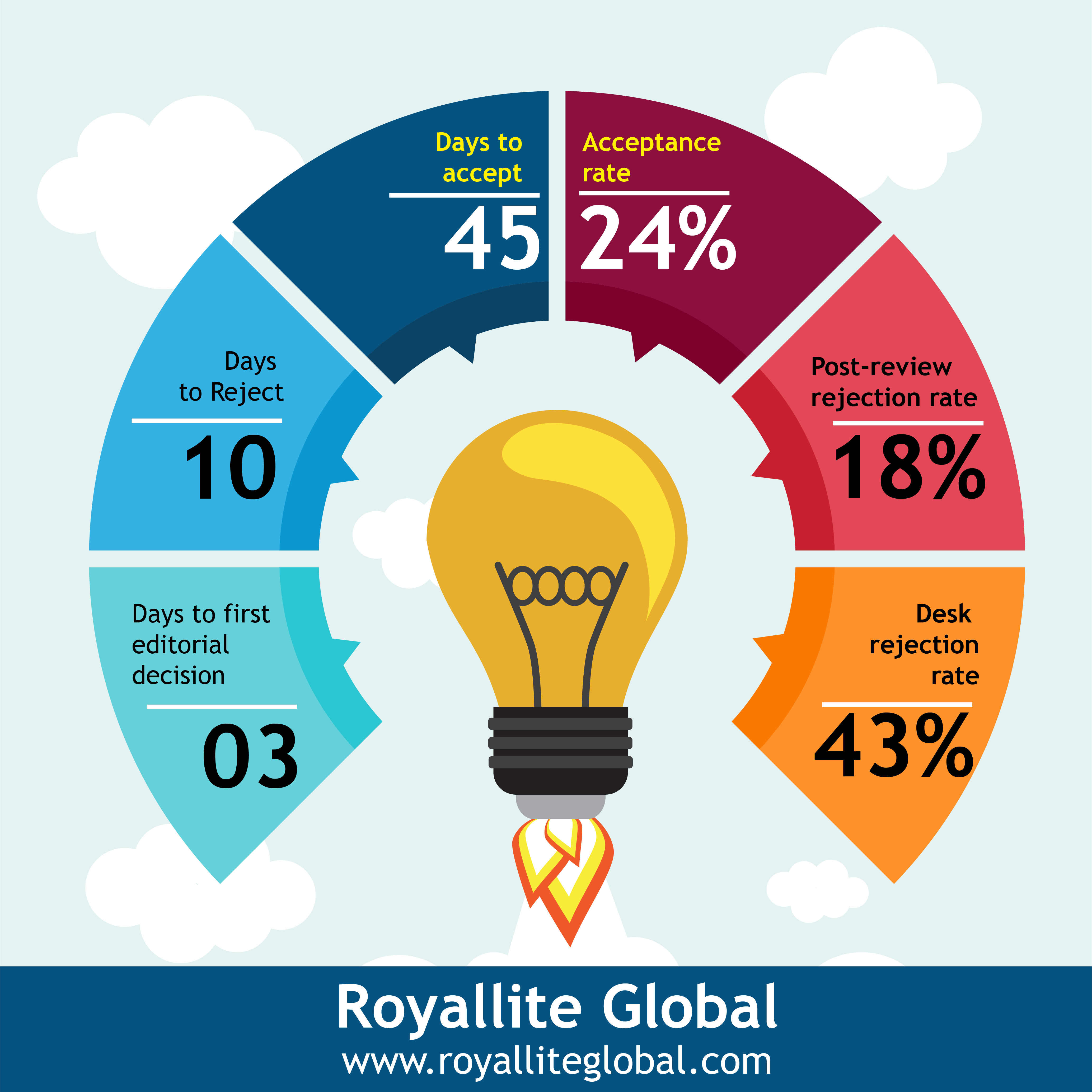Examining the Historical Development of the Chieftaincy Institutions in Ghana
Keywords:
Chamba traditional area, chieftaincy, Ghana, governmentAbstract
It is gratifying to note that a vast majority of Ghanaians especially the rural dwellers relate more easily to traditional authorities than even government agencies. In the event of any mishap or emergency, chief palaces are the first point of call. Chiefs and for that matter, the chieftaincy institution becomes a mobilizing force to gather people and resources to address any mishap emanating from an emergency situation. Chiefs by virtue of their social status in the political and social spectrum are the custodians of culture and traditions. Chieftaincy institution goes back at least five hundred years and pre-dated European contact and remained the basis of traditional governance in Ghana and for that matter Chamba Traditional Area. The study focused on the historical developments of chieftaincy institutions and the role that religion plays on the chieftaincy institution in the Chamba Traditional Area of Ghana. Ghanaian chieftaincy now has family units with family heads at the base of the chieftaincy triangle and the [Overlords or Kings] at the apex. Chieftaincy in Ghana has therefore emerged from the social fabric of the land. This means that unlike chieftaincy set-ups in other parts of Africa, the Ghanaian chieftaincy is nobody’s creation and therefore cannot be easily destroyed.
References
Anamzoya, A. S. (2010). Chieftaincy Conflicts in Northern Ghana: The Case of the Bimbilla Skin Succession Dispute. University of Ghana Inter-Faculty Journal, 12
Anamzoya, A. S. (2013). Chieftaincy is Dead: Long Live Chieftaincy: Renewed Relevance of Chieftaincy in Post-Colonial Ghana. African Review: A Journal of African Politics, Development and International Affairs, 40(2)
Skalnik, P. (1987). The Inadequacy of the Concept of the Traditional State. Journal of Legal Pluralism, 25-26, 301-325
Wilks, I. (1963). The Growth of Islamic Learning in Ghana. Journal of the Historical Society of Nigeria, 2(4)
Akrong, A. “Religion and Traditional Leadership in Ghana”, in Odotei, I. K. and Awedoba, A. K. (eds), Chieftaincy in Ghana: Culture, Governance and Development.
Anamzoya, A. S. (2009). “Chieftaincy Conflicts in Northern Ghana: A Challenge to National Stability.” In Tonah (eds). Contemporary Social Problems in Ghana
Asante, E. A. (2006). The Relationship between the Chieftaincy Institution and Christianity in Ghana”, in Odotei, I. K. and Awedoba, A. K. (eds), Chieftaincy in Ghana: Culture, Governance and Development. Accra: Sub-Saharan Publishers
Owusu, B. “Chieftaincy and Traditional Taboos: An Empirical Approach”, in Odotei,
I. K. and Awedoba, A. K. (eds), Chieftaincy in Ghana: Culture, Governance and Development.
Owusu-Ansah, D. (2000). “Prayer, Amulets, and Healing.” In Levtzion, N., and Pouwels, R. L., (eds). The History of Islam in Africa. Athens: Ohio University Press,
Tonah, S. (2006). Diviners, Mallams, God and the Contest for Chieftaincy in Mamprugu in the (Northern Ghana). In Anthropos, 101
Awuah-Nyamekye (2009). The Role of Religion in the Institution of Chieftaincy: The Case of the Akan of Ghana. Unpublished M. Phil Thesis, University of Cape Coast
Davis, D. C. (1984). Continuity and Change in Mamprugu: A Study of Tradition as Ideology. Unpublished Ph. D Thesis, Northwestern University.
Beyers, J. (2010). What is Religion? An African Understanding, The 9th European Association for the Study of Religion. University of Messina, 14-17 September, 2009, Messina: Open Journal Publishing
Addo, D. (2004). The Institution of Chieftaincy in Ghana: The Future.Accra: Konrad Adenauer Foundation
Agyemang, Y. S. The Study of Religion. Unpublished, University of Cape Coast n.d.
Busia, K. A. (1951). The Position of a Chief in Modern Political System of Ashanti. London: O.U.P.
Fynn J. K. et al (1991). History for Senior Secondary School. Accra: Safe Way Printing Press Ltd
Gedzi, V. S. (2009). Principles and Practices of Dispute Resolution in Ghana: Ewe and Akan Procedures on Females’ Inheritance and Property Rights. Hague: Shaker Publishing,
Goody, J. (1996). Succession to High Office. Cambridge: University Press
Gyekye, K. (1996). African Cultural Values: An Introduction. Accra: Sankofa Publishing Company
Levtzion, N. (1968). Muslims and Chiefs in West Africa: A Study of Islam in West Africa in Middle Volta Basin in Pre-Colonial Period. Oxford: Clarendon Press,
Mbiti, J. S. (1969). African Religions and Philosophy. Nairobi: Heinemann Kenya Ltd
Mendonsa, L, E. (2001). Continuity and Change in a West African Society: Globalization Impact on the Sisala of Ghana. Durham: Carolina Academic Press
Oppong, C. (1973). Growing up in Dagbon. Tema: Ghana Publishing Corporation
Rattray, R. S. (1927). Religion Art in Ashanti. Oxford: Clarendon Press
Rattray, R. S. (1932). The Tribes of the Ashanti Hinterland. Oxford: Clarendon Press
Sarpong, P. (1974). Ghana in Retrospect: Some Aspects of Ghanaian Culture. Tema: Ghana Publishing Corporation
Parrinder, G. (1969). West African Religion. London: Epworth Press
Rouveroy van Nieuwaal van, Adriaan, E., Werner Zips (eds). (1998). Sovereignty, Legitimacy, Power in West African Societies. Perspective from Legal Anthropology. Munster: LitVerlag
Samwini, N. I. (2006).The Muslim Resurgence in Ghana since 1950: Its Effects upon Muslims and Muslim-Christians Relations. Birmingham: Transaction Publishers
Staniland, M. (1973). The Lion of Dagbon: Political Change in Northern Ghana. Cambridge: Cambridge University Press
Tonah, S. (2007). Ethnicity, Conflicts and Consensus in Ghana. Accra New Town: Masterman Publications Ltd
Downloads
Published
Issue
Section
License
This open-access article is distributed under a Creative Commons Attribution (CC-BY) 4.0 license.
You are free to: Share — copy and redistribute the material in any medium or format. Adapt — remix, transform, and build upon the material for any purpose, even commercially. The licensor cannot revoke these freedoms as long as you follow the license terms. Under the following terms: Attribution — You must give appropriate credit, provide a link to the license, and indicate if changes were made. You may do so in any reasonable manner, but not in any way that suggests the licensor endorses you or your use. No additional restrictions You may not apply legal terms or technological measures that legally restrict others from doing anything the license permits.






